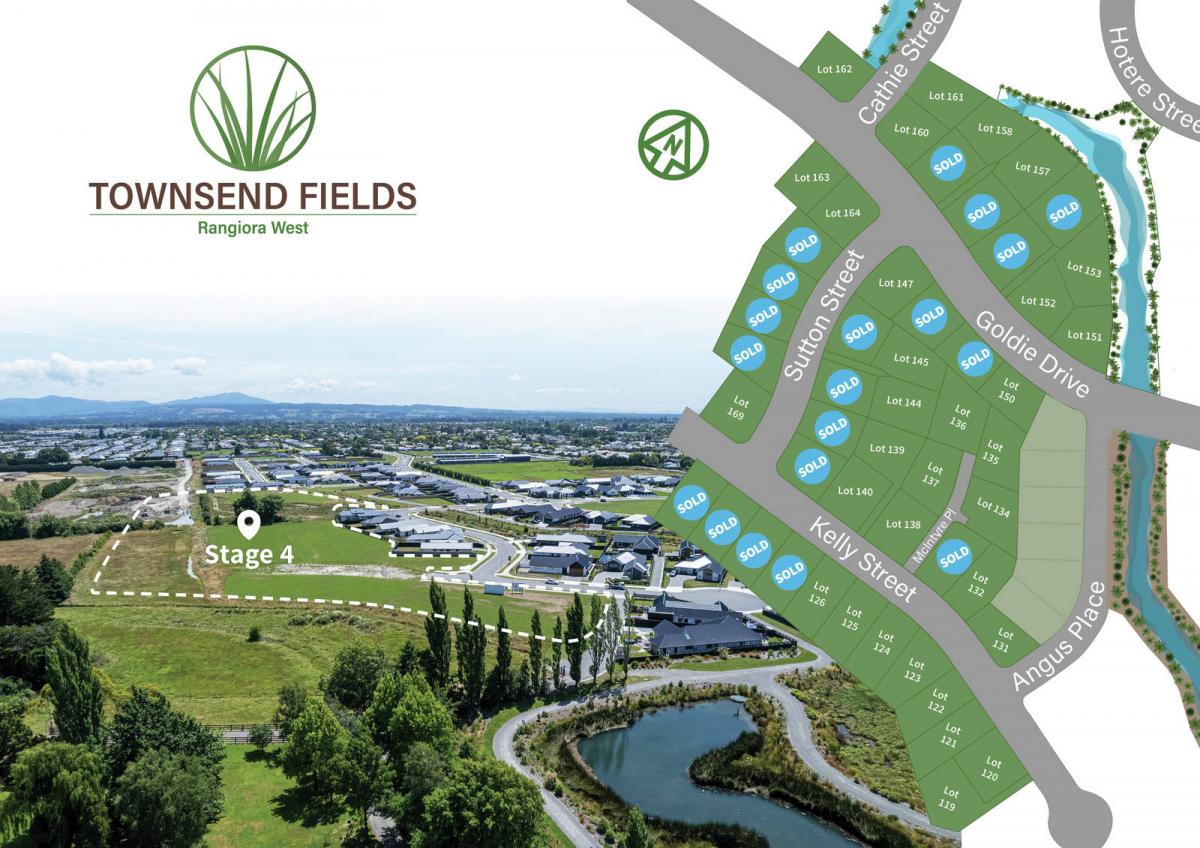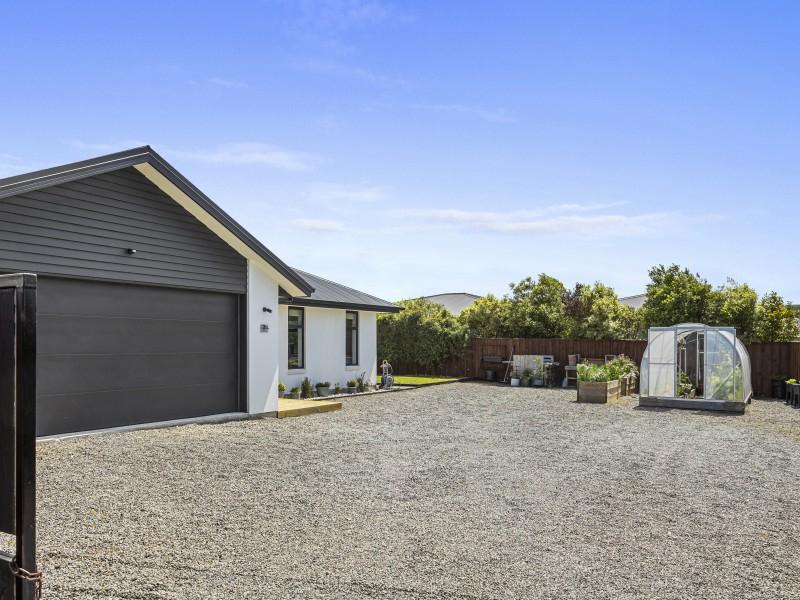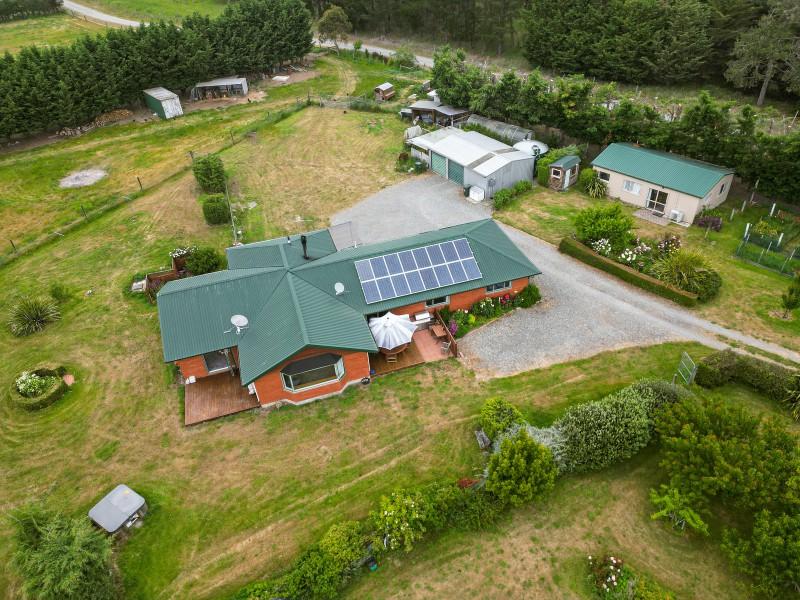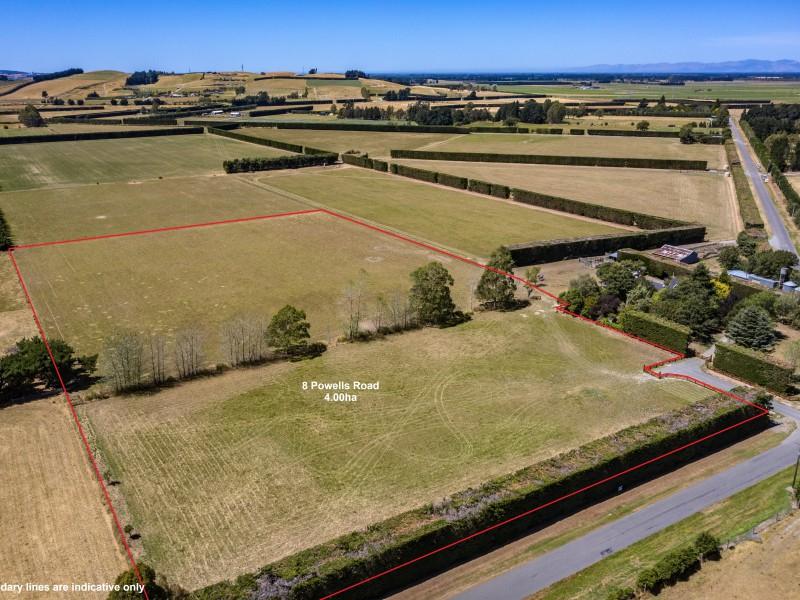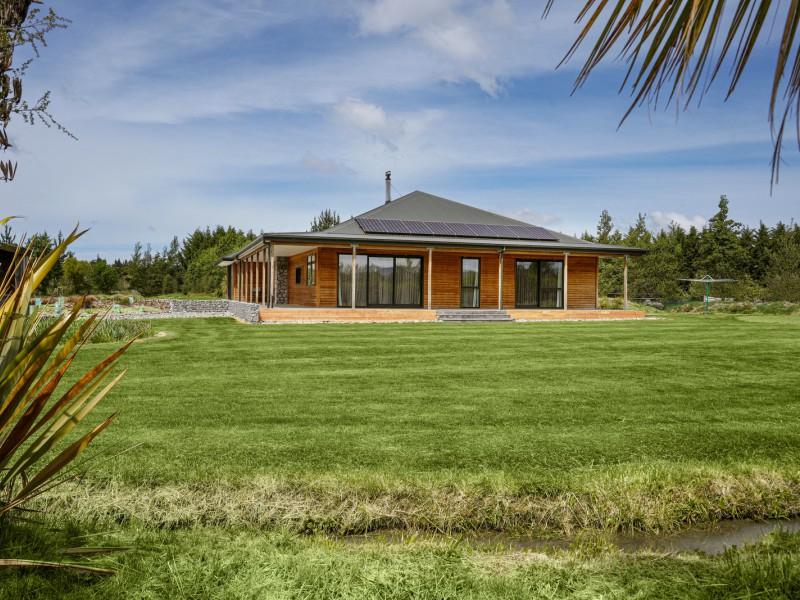Dark sky nation: Tourism minister backs move to attract stargazing travellers
By David Hill, Local Democracy Reporter
Transforming Aotearoa into a dark sky nation could attract stargazing international tourists, creating huge economic benefits, Tourism Minister Matt Doocey says.
The Royal Astronomical Society of New Zealand believes New Zealand could become a dark sky nation, an idea Doocey says he supports.
To become a dark sky nation the country would need to cut light pollution, such as outdoor lighting, to allow for greater stargazing and astronomy.
Tourism New Zealand research indicated more than 70% of people thinking about visiting New Zealand were interested in stargazing, he said.
The best times for stargazing were during the off-peak and shoulder seasons for tourism, which meant protecting New Zealand’s night skies could provide an economic boost when tourist towns were otherwise quiet.
"It is something I am keen to encourage," Doocey said.
‘‘We want to grow tourism because we know it brings jobs to rural New Zealand.
‘‘Tourism is very seasonal, so we need to be looking at how we can market and promote New Zealand during those shoulder and off-peak periods.’’
The Waimakariri MP said an economic impact report commissioned by Enterprise North Canterbury last year showed a dark sky trail would provide an economic boost in the region.
The report said a dark sky reserve could generate $4.6 million of visitor spending in Waimakariri and create up to 24 jobs.
The Oxford Dark Sky Group obtained dark sky park status in January for the Oxford Forest Conservation Area from the Dark Sky International.
Oxford Dark Sky president Raul Elias-Drago said there was no cost to the group, thanks to support from the community, the Waimakariri District Council, Oxford-Ohoka Community Board and Government agencies such as the Department of Conservation.
The group was now planning to apply for dark sky reserve status, which would incorporate the town of Oxford.
Doocey said the Oxford example showed how communities coming together could achieve economic benefits at little cost.
Enterprise North Canterbury has been working with other regional tourism organisations (RTOs) to develop a Canterbury dark sky trail.
The Aoraki Mackenzie International Dark Sky Reserve was established in 2012, while the Kaikōura Dark Sky Trust is about to apply for dark sky sanctuary status and interest is growing in other Canterbury communities.
‘‘I would encourage RTOs to think about whether dark skies should be part of their destination management plans,’’ Doocey said.
‘‘There is real potential for a ground up approach and I would be really supportive of that.’’
Elias-Drago, who is also the Royal Astronomical Society of New Zealand (RASNZ) secretary, said a national approach was needed, perhaps led by the Department of Conservation.
‘‘The Department of Conservation has been very supportive regionally,’’ he said.
‘‘The Rangiora office supported our application and other regional offices have supported other applications, but every time each regional office is doing the same thing.
‘‘If the work was done nationally, we wouldn’t have to replicate the work in every region.’’
Doocey has accepted an invitation to speak at the New Zealand Starlight Conference in Tekapo in October, which is organised by RASNZ and the Aoraki Mackenzie International Dark Sky Reserve board.
‘‘We are hoping to use the conference as a springboard to advance the discussion around becoming a dark sky nation,’’ Elias-Drago said.
Niue became the world’s first whole country to become an International dark sky nation in 2020.
■ LDR is local body journalism co-funded by RNZ and NZ On Air.
Worst Xmas ever?
There's a a lot of planning that goes into Christmas day and sometimes things just don't go to plan. But it can be a good thing - a family mishap or hilarious memory that you can laugh about in Christmases to come.
Whether you burnt the dinner or were stranded at an airport...
Share your Christmas mishaps below!

⚠️ DOGS DIE IN HOT CARS. If you love them, don't leave them. ⚠️
It's a message we share time and time again, and this year, we're calling on you to help us spread that message further.
Did you know that calls to SPCA about dogs left inside hot cars made up a whopping 11% of all welfare calls last summer? This is a completely preventable issue, and one which is causing hundreds of dogs (often loved pets) to suffer.
Here are some quick facts to share with the dog owners in your life:
👉 The temperature inside a car can heat to over 50°C in less than 15 minutes.
👉 Parking in the shade and cracking windows does little to help on a warm day. Dogs rely on panting to keep cool, which they can't do in a hot car.
👉 This puts dogs at a high risk of heatstroke - a serious condition for dogs, with a mortality rate between 39%-50%.
👉 It is an offence under the Animal Welfare Act to leave a dog in a hot vehicle if they are showing signs of heat stress. You can be fined, and prosecuted.
SPCA has created downloadable resources to help you spread the message even further. Posters, a flyer, and a social media tile can be downloaded from our website here: www.spca.nz...
We encourage you to use these - and ask your local businesses to display the posters if they can. Flyers can be kept in your car and handed out as needed.
This is a community problem, and one we cannot solve alone. Help us to prevent more tragedies this summer by sharing this post.
On behalf of the animals - thank you ❤️

Flute
Pre-owned learner's level 'Bundy' flute in good condition.
Comes in quality hard case.
Asking price $125
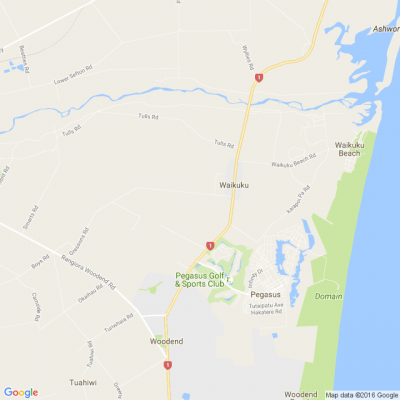
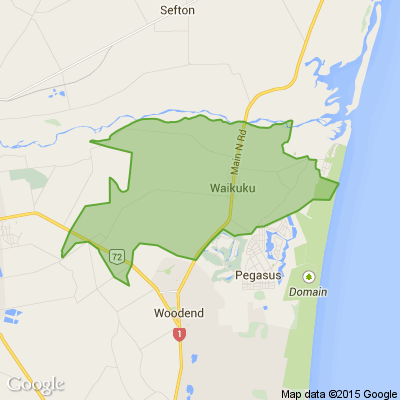









 Loading…
Loading…




